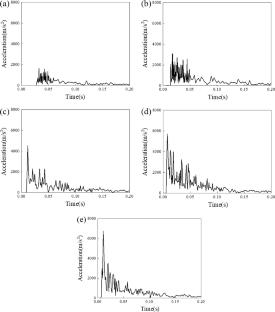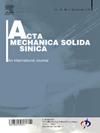Shock Characteristics and Protective Design of Equipment During Spacecraft Docking Process
Abstract
The shock loads generated by spacecraft during docking can cause functional failure and structural damage to aerospace electronic equipment and even lead to catastrophic flight accidents. There is currently a lack of systematic and comprehensive research on the shock environment of spacecraft electronic equipment due to the diversity and complexity of the shock environment. In this paper, the validity of the finite element model is verified based on the sinusoidal vibration experiment results of the spacecraft reentry capsule. The method of shock dynamic response analysis is used to obtain the shock environment of electronic equipment under different shock loads. The shock response spectrum is used to describe the shock environment of aerospace electronic equipment. The results show that the resonance frequency error between the sinusoidal vibration experiment and the model is less than 4.06%. When the docking relative speed of the reentry capsule is 2 m/s, the shock response spectrum values of one of the equipment are 30 m2/s, 0.67 m/s, and 0.059 m, respectively. The wire rope spring on the mating surface can provide vibration isolation and shock resistance. An increase in spring damping coefficient results in a decrease in the amplitude and time of the vibration generated. An increase in spring stiffness reduces the input of shock load within a certain range. These research results can provide guidance for the design and evaluation of shock environmental adaptability of aerospace electronic equipment.


 求助内容:
求助内容: 应助结果提醒方式:
应助结果提醒方式:


